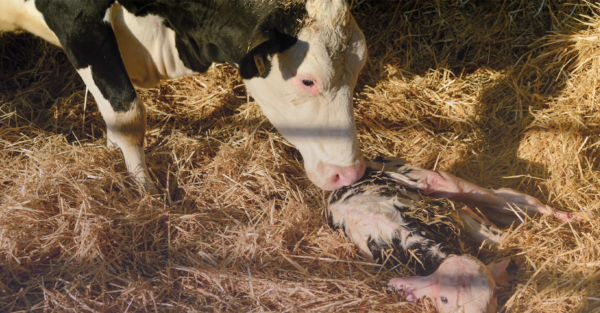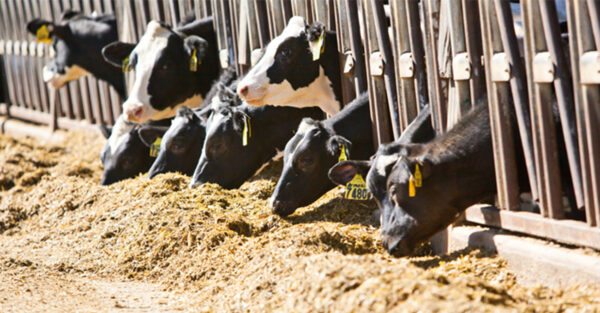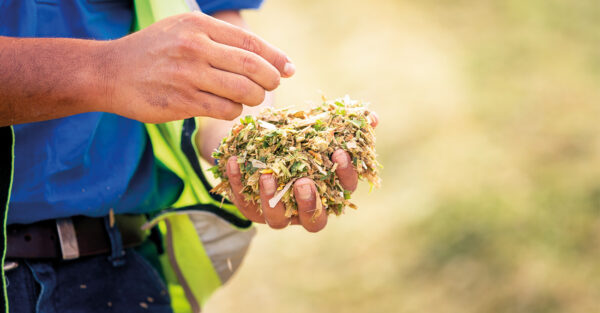Blog | Reading Time 2 minutes
Optimize dairy production through forage preservation
When focusing on the feed value of fiber in ruminant diets, feed efficiency starts with forage management, from the field to the bunker. For sure, optimal forage and fiber development starts with harvesting at the correct maturity and dry matter (DM) levels and is maintained with good storage management practices. Here is where forage inoculants are handy. Trials have shown how MAGNIVA forage inoculants can improve dairy feed efficiency by up to 4%.
Fermentation matters
Fermenting or ensiling forage is a method used globally to preserve chopped forages for feed. The forage is stored in a silo/bunker and as much air as possible is removed by rolling. This allows lactic acid bacteria (LAB) to grow, which they do so by utilizing a small amount of sugar found in the forage to produce lactic acid, which lowers the pH to an optimal value. This reduces the growth of undesirable microorganisms, which would otherwise degrade the nutrient and energy content of the silage and can result in significant physical DM losses.
Using a silage inoculant introduces large numbers of LAB organisms to the forage helping drive the fermentation more efficiently and quickly, resulting in a quicker pH drop. This helps reduce DM losses while retaining more nutrients, energy, and fiber.
However, when the silage is opened for feeding, it is once again prone to spoilage. Silage can readily heat and spoil through yeast and mold growth, causing significant DM and fiber losses and, even worse, losses through unpalatable spoiled silage.
Take control of forage value
Utilizing MAGNIVA Platinum forage inoculant not only improves the fermentation but ensures silage feedout stability when opened. This specifically selected forage inoculant preserves nutritional and energy values, decreasing the DM losses through the fermentation period and preventing the silage from heating and spoiling when opened.
Dairy cattle fed a diet containing MAGNIVA Platinum 1 whole corn silage 32-35% DM compared to the control had:
- Improved the fat content (g/d)
- Significantly increased feed efficiency, equivalent to 4%
- Produced 60 kg more milk per ton of feed for the treated group
This can lead to improving feed efficiency (Figure 1). In addition, some silage inoculants can contain specific enzyme formulations that release small amounts of soluble sugar from the forage and increase the fiber digestibility of certain forages.
|
Treatment |
P-value |
|||
|---|---|---|---|---|
| Item |
Control |
Treated |
Se |
TxW |
| Dry Matter Intake, kg/d | 22.7 | 22.3 | 0.76 | 0.99 |
| Fat, g/d | 1 120 | 1 143 | 35.7 | 0.01 |
| Protein, g/d | 1 059 | 1 087 | 42.2 | 0.99 |
| ECM kg/ | 32.4 | 33.3 | 1.11 | 0.87 |
| Feed efficiency | 1.49 | 1.55 | 0.04 | <0.01 |
Published May 30, 2022 | Updated Dec 4, 2023
Related articles
Need specific information?
Talk to an expert


